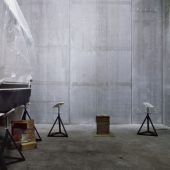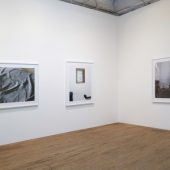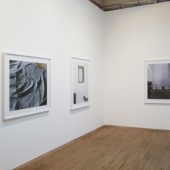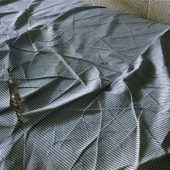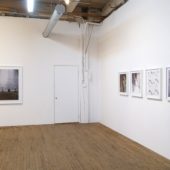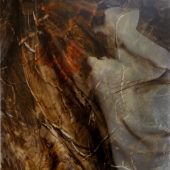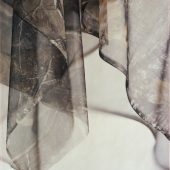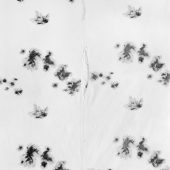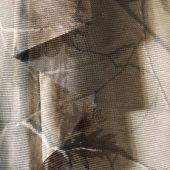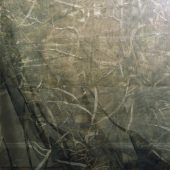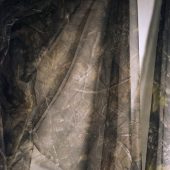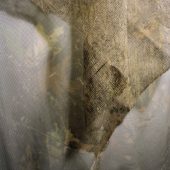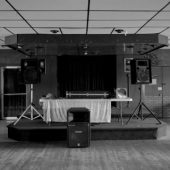Scott Fortino
12.11.11 — 01.21.12
For most of his professional career, Chicago artist Scott Fortino has been using photography to identify and scrutinize the institutional contexts within which cultural and social authority are defined. The context is often a very real space: typically familiar and public, sometimes restricted to only those with access. Fortino uses his highly tuned sense of composition and a formal acuity to reveal secrets about these public and private spaces. He opens the doors, leads you into private chambers; he turns on the lights and shows you a history ground into its surfaces. He encourages the viewer to fully occupy these environments, to experience a sensory dimension that often reveals much more than expected.
As a veteran of the Chicago Police Department, Fortino always had privileged access to sectors of society that most of us do not. He recognized first-hand how a space might be used to impart an immediate and sometimes visceral psychological imprint on anyone unfortunate enough to find themself inside. His work might locate familiar interstitial zones–foyers, hallways, corners, scarred walls, stained floors, small patches of ground, random trees–the spaces that lead us in or out of the main theaters of experience. At the same time he will expose sites that are simply evocative and poetic: framed interiors celebrating the possibilities of architecture to open our minds and hearts. On occasion, Fortino has taken his camera to locations far removed from the familiar territories of urban structures. Photographs of the lakefront, micro-views of flowers and even stark landscapes of Iceland contradict the psychology so prevalent in his institutional work. But the obvious beauty can be as oppressive as a small airless room in one of his interiors. These photographs seem almost too perfect; appearing strategically constructed with a hint of artifice, even though they’re purely documentary.
We’re very pleased to present Unfurl, Scott Fortino’s most recent project. A series of photographs reveals a new studio-based practice with a sentient inquiry into artifacts loosely associated with his previous work. The unfurling here is a refreshing opening-up that one senses as both emotional and expressive; newly defined concerns are registered through material means deliberately arranged in the space of his studio. We’re brought in much closer to the subject now. Bolts of camouflage fabric hang in front of the lens to create a scrim that suggests, but obscures, a landscape beyond. Like his previous work, we find resonant levels here; the camouflage functions as an optical deception intended to cover and deflect, while it invites the viewer into the comfort of its folds and the mystery of the imprinted foliage. Fortino says that this body of work evolved out of a need to find new ways to process big landscape themes. Camouflage, created for military advantage, becomes an appropriate carrier to bring forth new questions about contemporary culture and society.
Scott Fortino developed his approach to photography out of experiences directly related to his position as a Chicago police officer. This work led to the publication of his important 2006 book, Institutional. He received his MFA from the University of Illinois at Chicago and a BA from Columbia College Chicago. He has had solo exhibitions in Chicago at the Museum of Contemporary Art and the Museum of Contemporary Photography. His work is in the collections of the Art Institute of Chicago, Milwaukee Art Museum and the Museum of Contemporary Photography, and numerous public and private collections. He lives and works in Chicago.
